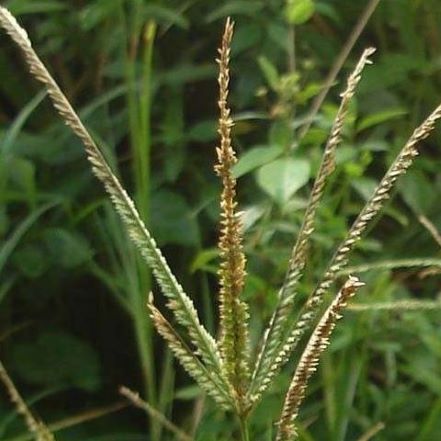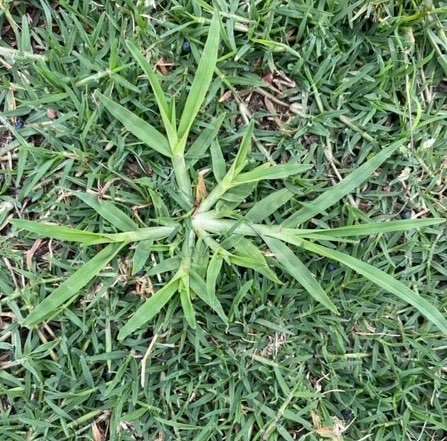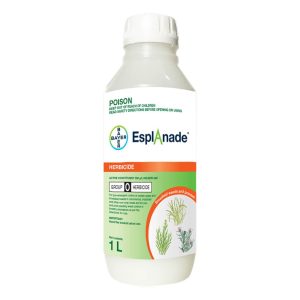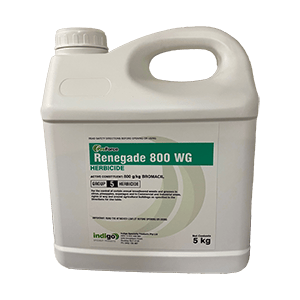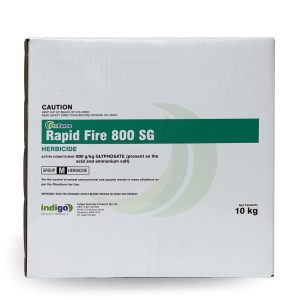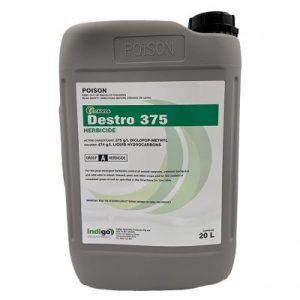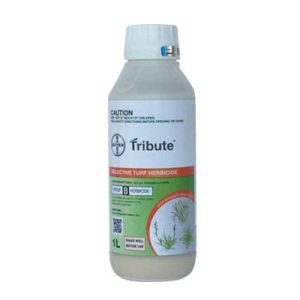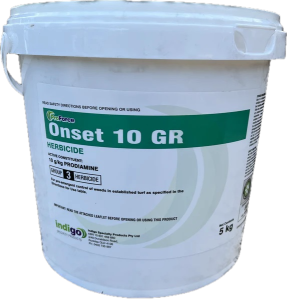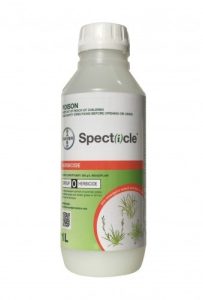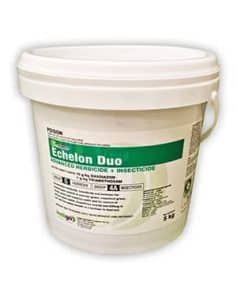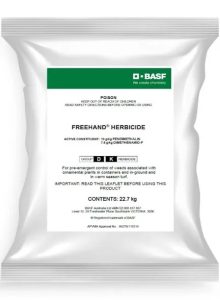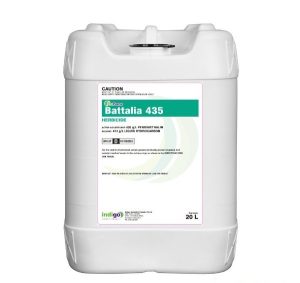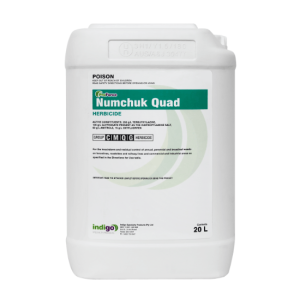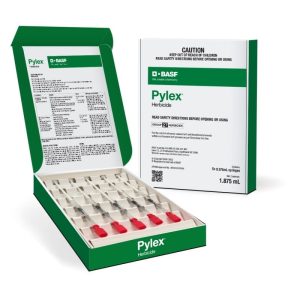Crowsfoot Grass (Eleusine indica)
Crowsfoot Grass (Eleusine indica) is also known as Goosegrass. It has its name because its spiked flower looks like a crows foot. We discuss how to remove Crowsfoot from your lawn.
- It is a Summer annual that you can easily identfy as it grows in “clumps”.
- It is a prostrate annual weed, and has nearly white flat sheathed stems, and smooth strap like leaves.
- This grass weed is difficult to control and tolerates low heights of cut.
- It thrives in nutrient deficient and compact soils.
In a poorly maintained lawn, if Eleusine indica is left to seed, it will quickly spread over the entire lawn.
This is a common weed in QLD, NSW, VIC, WA and the NT.
After you read this, you will be able to:
- Identify this weed.
- Know what conditions favour it.
- Know the best options to control Eleusine indica.
Why is Crowsfoot Grass a Problem Weed?
This is considered a problem weed because:
- It is an aggressive weed, and competes with turf for water, light and nutrients.
- It is a prolific seed producer. One plant produces up to 120,000 seeds.
- Eleusine indica has an unpredictable timing for seedling emergence.
- Plants grow and mature rapidly. They produce viable seed in only six to eight weeks.
- Its tolerates low heights of cut.
- It thrives in low nutrient, and compact soils. Our compaction calculator can help identify any compaction risks.
- It is an incredibly efficient weed, and grows twice as fast as turf grass.
- Some weed populations show resistance to many herbicides that are used to control it.
This weed grass is a good indicator weed of compact soils. You often find Goosegrass in heavy wear areas, and it thrives in poorly drained soils.
More on turf weeds is in our weed ID chart.
How to Identify Crowsfoot Grass.
- You tend to see this weed grass in the late Spring when it germinates. It then grows through the Summer.
- It is a prostrate, dark green summer annual, with flat stems and shiny strap-like leaves.
- The leaf blades are smooth with a folded vernation.
- It has a silver colour at its base
- It has white sheaths. These lead to a short jagged, membranous ligule that splits at its centre.
Photosynthetic Pathway: It is a C4 Weed.
Height: Plants are up to 20 cm in height.
Leaf Length: The leaves of Eleusine indica are up to 30 cm long. They have a white-coloured leaf sheath at their base.
Leaf Width: The leaves are 3 to 8 mm wide.
Spikelets: The Crowsfoot weed spikelet is made up of 3 to 7 spikes that are 4 to 7 mm long. The seeds have a zipper-like appearance on the spike.
Reproduction of Crowsfoot Grass.
- Eleusine indica reproduces by seeds, and can produce a prolific amount of seeds even in closely mown turf.
- The seeds are viable in the soil for several years.
- When the soil reaches 15°C to 18°C (at a 50 mm depth) the seeds begin to germinate.
- Plants grow and mature in as little as 6 to 8 weeks. They are then able to produce viable seeds.
- You tend to see the seed heads in the late Spring or the early Summer.
- These are spread by the wind and rain, as well as by machinery, animals and humans.
Comments: There are no hairs on the leaf surface, but there are hairs at the leaf base. Goosegrass germinates in a soil pH range of 5 to pH 10.
Habitat:
- Eleusine indica thrives in compact soils and in heavy wear areas.
- It is a common weed in poorly drained soil and likes full sun. However, it persists in partial shade as well.
- In shade, plants tend to be more upright to compete with any existing turfgrasses.
- In fairways, tees and collars, plants are able to adapt to the close height of cut by growing nearly horizontal stems.
- It produces produce viable seed at fairway height and lower.
- You often find this weed on soils which have relatively high levels of P, K, Ca, and Mg.
How to Remove Crowsfoot Grass from Your lawn.
Management Calendar.
Management Calendar for Crowsfoot | ||||||||||||
Annual sometimes Perennial | ||||||||||||
Month | Jan | Feb | Mar | Apr | May | Jun | Jul | Aug | Sep | Oct | Nov | Dec |
Germination | ||||||||||||
Flowering | ||||||||||||
Seeding | ||||||||||||
Hand Pull and remove before seed | ||||||||||||
Pre emergent herbicide | ||||||||||||
Post emergent herbicide | ||||||||||||
Cultural Control of Crowsfoot Grass.
Maintaining healthy turf is the best defence against Eleusine indica. A thick turf cover with no bare areas, will inhibit the germination of Eleusine indica.
Other cultural options include:
- Hand removal is effective on areas like putting greens, collars and tees, as Goosegrass can’t regrow if you remove the crown.
- Juvenile plants are easy to remove, but mature plants are much more difficult to remove by hand due to their large central taproot.
- Mow before it seeds.
- Relieve soil compaction, as this is a grass weed that thrives in compact soil. Carry out aeration by hand or with a mechanical unit, and reduce traffic to improve the turf cover.
- Irrigate deep and often. This favours the deeper rooted turfgrass at the expense of Crowsfoot.
- Aim to core the turf when its actively growing. This ensures that it will recover quickly. Any bare areas when you finish will tend to favour this weed unless the turf fills them in quickly.
- Give it time. This is an annual that dies if there is any frost in the Autumn or Winter. So in areas like Canberra and regional NSW if you keep on top of the seed the problem will reduce year on year.
- Shade limits its growth. A vigorous, dense turf cover helps shade out this weed, and reduces its growth by up to 90%.
- The right turf seed or turf selection can be a signfiicant step toward the management of this weed.
Chemical Control of Crowsfoot Grass from your lawn.
- Selective post-emergents are available, but your best option is to carry out a pre-emergent program.
- Even with this though, this weed is more difficult to control in couch grass than Summer Grass.
- Many turf managers have success in the control of this weed with the use of a combination of several pre or post emergent actives in a single application.
- With the change in weather patterns control has been further complicated. This weed is now tending to emerge earlier in the Spring and later in the Summer.
Crowsfoot Grass Herbicide Resistance.
Resistance has been seen to multiple herbicide modes of action. This includes the following groups used in Australia:
- Group 2: Foramsulfuron (Tribute Selective).
- Group 3: Dithiopyr (Dimension) and Prodiamine (Barricade).
- Group 5: Metribuzin (Metric).
- Group 9: Glyphosate (Roundup).
- Group 10: Gluphosinate (Finale).
- Group 14: Oxadiazon (Ronstar).
- Group 15: Metolachlor (Pennmag).
- Group 22: Paraquat and diquat
The resistance to Groups 2 and 3 herbicides is of the most concern. These are the most widely used weed control options in the Australian turfgrass industry.
Pre-emergents for Crowsfoot Grass.
There are several pre-emergents that you can use to prevent this weed grass. These include:
- Dithiopyr (Dimension).
- Prodiamine (Spartan, Barricade or Onset 10GR)
- Oxadiazon (Echelon and Echelon Duo).
- Metolachlor (Pennmag).
Dimension (Dithiopyr).
Dimension can be used just before germination on established turf. A second application should be made six weeks after the first, and a third application can be made two to four weeks after the second application if you need late-season control.
Echelon (Oxadiazon).
- To safely use this on mature turf, you want as little contact between the herbicide and any green leaf tissue.
- This means you should apply this on a granular carrier to dry turf grass and water it in as soon as possible.
- This makes sure that you move the herbicide into the soil and away from the surface
- The size of the granule (size guide number or SGN) is important.
- Small prills work much better than large prills.
- Large SGN particles don’t give the coverage to guarantee that the weed shoots encounter the herbicide as they push through the top of the soil.
- Research has shown some transient injury when you apply oxadiazon to dew-covered turf.
- Also don’t apply this before a heavy rain event. If you do the herbicide can move into standing water and then risk being taken up by turf grass leaf tissue.
Pennmag (Metolachlor).
- While many pre-emergents inhibit root growth, Pennmag is shoot-absorbed and doesn’t negatively impact root development.
- This needs to be watered in within 7 days if no rain occurs.
Pre-Emergent Efficacy vs Crowsfoot Grass.
- When you use Oxadiazon at label rates, it gives better control (91%) than Pendimethalin (69%), Dimension (69%), and Prodiamine (71%).
- Summer Grass control is 80% or more when you use 1/2 rates of either Dimension or Pendimethalin with MSMA at the label rate. This is a lot higher rate of control than if you use Dimension or MSMA at normal rates.
Coring and Pre-emergent Control.
- The general consensus is that aeration after you apply a pre-emergent damages the herbicide barrier.
- However, several studies indicate that this is not the case.
- A 2025 study on hybrid couch in Florida shows that aeration has no impact on Goosegrass control.
- The exception to this is late-Summer coring of creeping bentgrass greens. When you core aerate at this time of year it creates ideal conditions for Goosegrass to germinate.
Table of Crowsfoot Grass Herbicides.
Active Ingredient | Trade Name | HRAC Group | Cool or Warm Season Turf | Pre or Post | Rate |
Dithiopyr | Dimension | 3 | Cool and Warm | Pre | 3.5 L/Ha |
Oxadiazon | Echelon | 14 | Cool and Warm | Pre | 300-400 Kg/Ha |
Prodiamine | Barricade | 3 | Warm | Pre | 1-3 L/Ha |
Topremazone | Pylex | 27 | Cool | Post | 0.375 ml/100m2 |
Indaziflam | Specticle | 29 | Warm | Pre | 250 ml/Ha |
Pendimethalin | Battalia | 3 | Warm | Pre | 3.4 L/Ha |
Pendimethalin + Dimethenamid | Freehand | 3 + 15 | Warm | Pre | 100 Kg/Ha |
S metolachlor | Pennmag | 15 | Cool and Warm | Pre | 2 L/Ha |
Diclofop | Destro | 1 | Warm | Post | 1 L/Ha |
Foramsulfruon | Tribute | 2 | Warm | Post | 2 L/Ha |
Metribuzin | Metric | 5 | Couch | Post | 1-1.5 L/Ha |
Post-emergent Control of Crowsfoot Grass.
- Timing is important with all post emergents. Aim to use these after Goosegrass germinates.
- You will usually need several applications of these to give complete control.
- You need good soil moisture to get the best results.
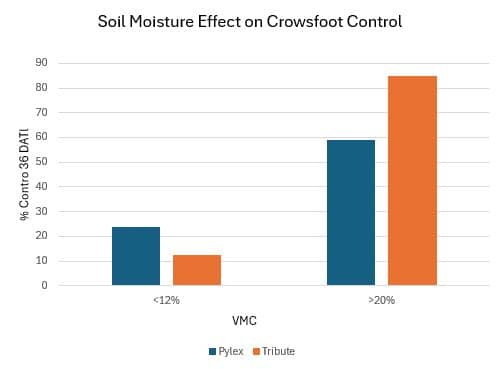
How soil moisture effects post emergent herbicide control of Goosegrass. The drier the soil, the less the control with Pylex or Tribute herbicides
Destro (Diclofop Methyl).
- ProForce Destro works well, and is in a different chemical Group to most other options.
- Destro gives the best results in combination with an MSO like ProForce Voltage. This helps bypass the waxy leaf surface and give better contact.
Tribute Herbicide (Foramsulfuron).
- Envu Tribute Selective also gives good results.
- For best results, make two applications within three weeks of each other.
- A lower rate will control plants up to the three-leaf stage, while you will need higher rates for more mature plants.
- A third application can be made if regrowth takes place. Ensure that this third application is made before any re-tillering occurs.
- Foramsulfuron (Tribute Selective) is safe to use on Couch and Zoysia as an alternative to ACCase-inhibitors like Destro.
- Due to potential antagonism don’t use Tribute with a non ionic surfactant or a crop oil.
Pylex Herbicide.
- Pylex provides excellent control of the 2 to 4 tiller-stage of Crowsfoot in cool‑season turfgrass. It has a low use rate.
- Use Pylex with a crop oil concentrate (COC) for better coverage.
- You can use this before seeding, but you will need to wait at least 28 days to apply it after you seed.
- It does not control Goosegrass with multiple tillers, so you need to make several applications every two to three weeks.
- Ideally, start to use this as soon as you can see the weed before it starts to tiller.
- Recent research shows that tank mixes of Pylex plus Chlorothalonil fungicides reduce control.
Non Selective Control.
- Glufosinate-ammonium provides control for 4 to 6 weeks, but it regrows and recovers due to the limited movement of glufosinate.
- Glyphosate. You can use Glyphosate but if water quality is an issue then use ProForce Manta Ray.
The following are non-selective but also have a long term residual and stop any re-growth.
- Renegade. Renegade stops weed germination for up to 12 months. This reduces the need for multiple applications.
- Numchuk Quad. This gives effective post and pre emergent control for up to 12 months
- Cortex Duo. Cortex Duo gives a rapid knockdown, and then residual control for up to 3 months. It is also safe to use near trees.
Table of Non Selectives.
Product | Active Ingredient | Group | Use Rate/Ha |
Glufosinate 200 | Glufosinate-ammonium | 10 | 1 to 6 L |
Rapid Fire 800 | Glyphosate | 9 | 0.9 to 1.35 Kg |
Numchuk Quad | Terbuthylazine + Glyphosate + Amitrole Oxyfluorfen | 5 + 9 + 34 + 14 | 20 to 25 L |
Cortex Duo | Nonanoic Acid + Oxyfluorfen | 14 | 7 L/1000L |
Renegade | Bromacil | 5 | 3.5 to 6.5 Kg |

